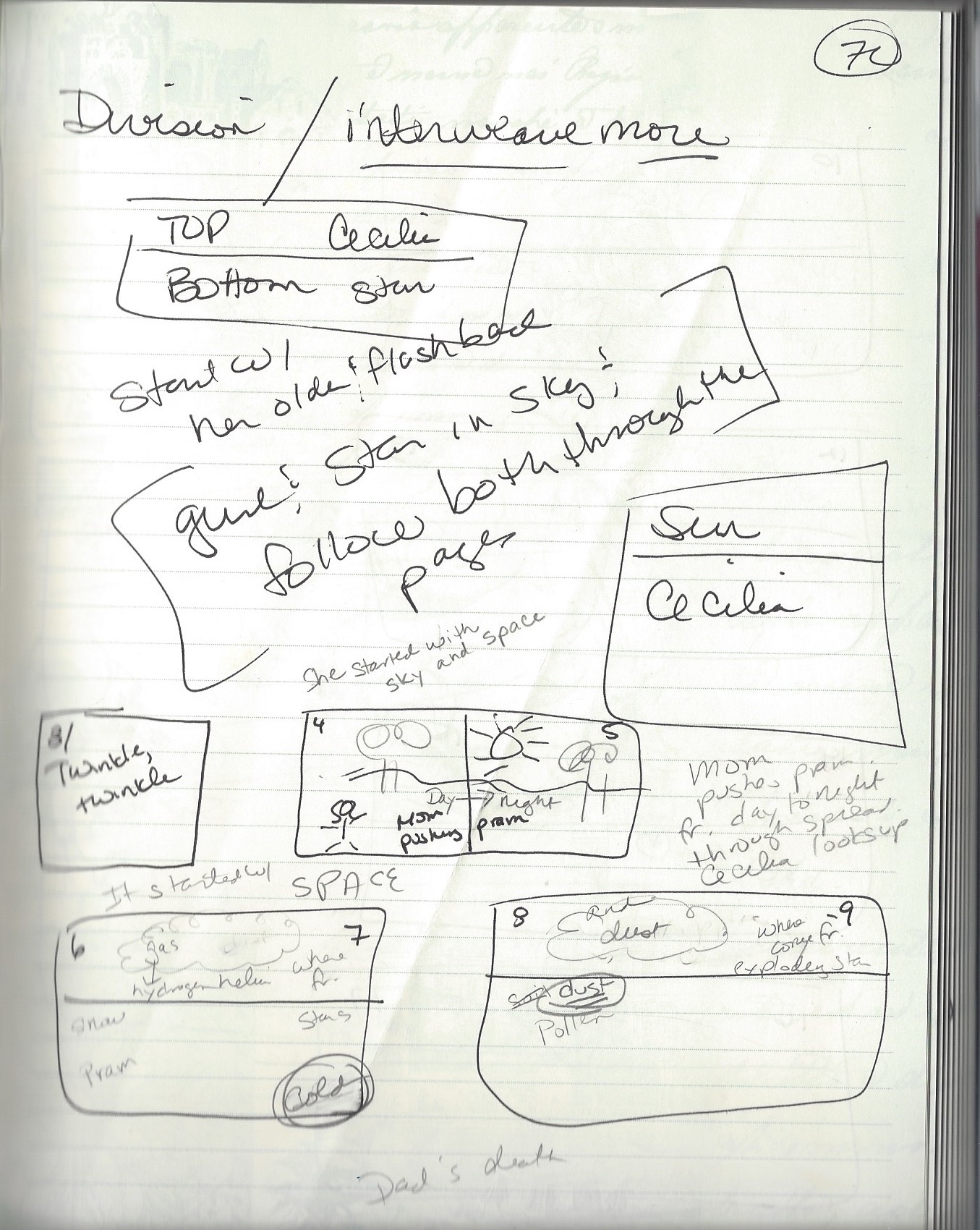Each month, I spotlight a book-based educational activity teachers and homeschooling parents can use with their students. This activity is adapted from the educators’ guide for A TRUE WONDER, created by Marcie Colleen. You’ll find the complete guide here.

Superhero costumes galore
It’s October, and nearly time for trick-or-treating. This is the time of year you’ll see kids everywhere dressed up like Black Panther, Spiderman, Ms. Marvel, or Wonder Woman.
Times have changed since Wonder Woman was created, as more superheroes have have joined the ranks representing more and more people in our society. For today’s activity, have students begin by making a list of today’s popular superheroes. Then have them answer:
- What do these superheroes have in common?
- Are there any who stand out as unique? How so?
- Do you see any room for more diversity? How so?
- Wonder Woman was created so that young girls could see themselves in her heroism. Where do you see a need for kids today to see themselves in a superhero?
Create your own superhero for today!
Have students create their own superhero. They should draw a picture of their superhero, list what makes them a hero (and super!), and create a poster introducing them to others.
















